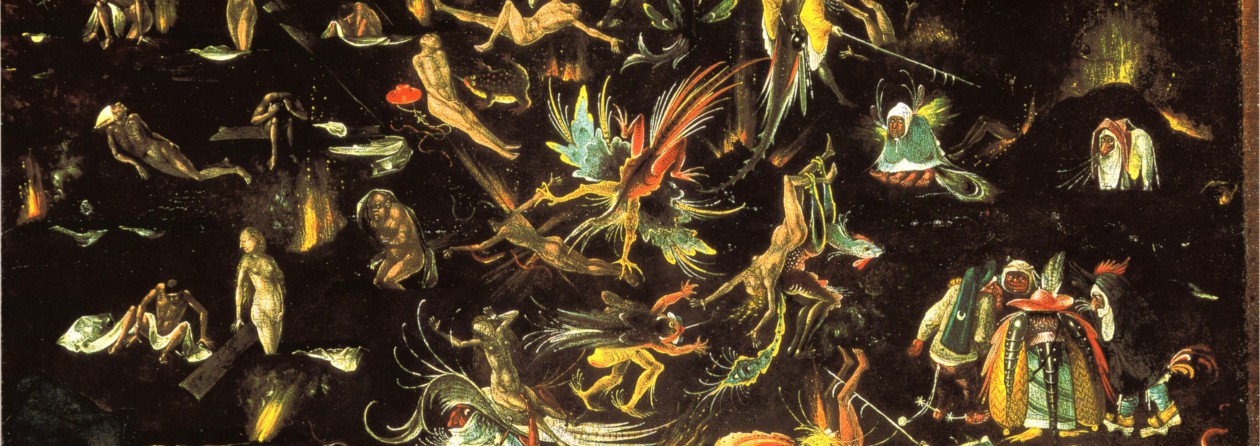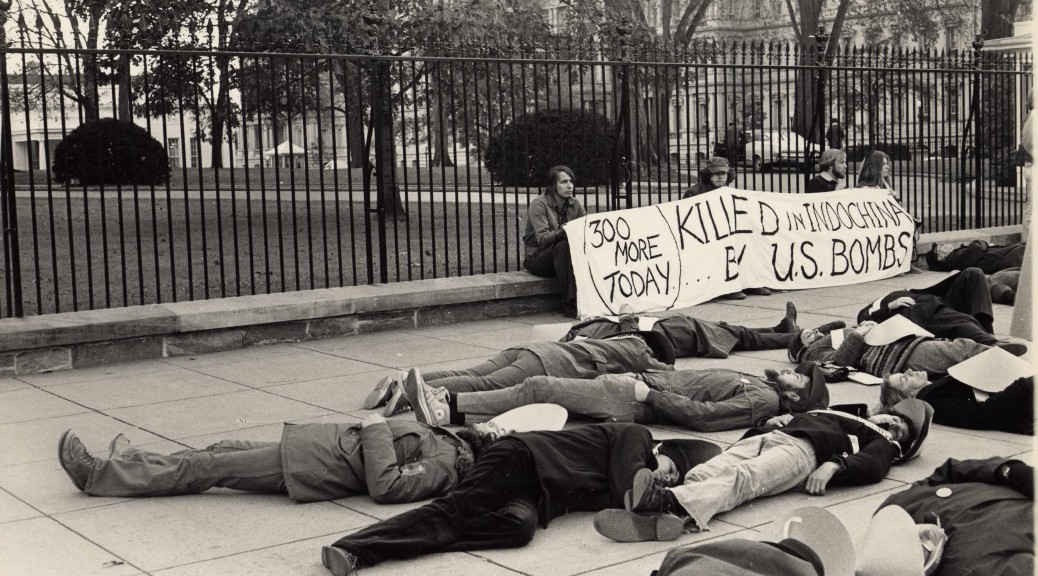Women Strike for Peace
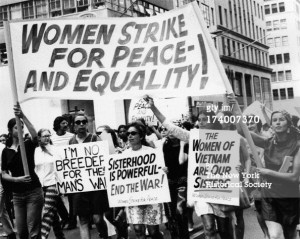
As the nuclear arms race escalated in the mid-20th century, so did the number of groups who protested that expansion. And as the US participation in Vietnam’s civil war increased, the same became true.
Abzug & Wilson
Bella Abzug (left) and Dagmar Wilson (right) founded Women Strike for Peace on November 1, 1961 when they organized an anti-nuclear weapon protest.
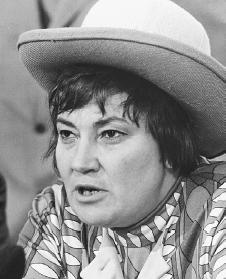 |
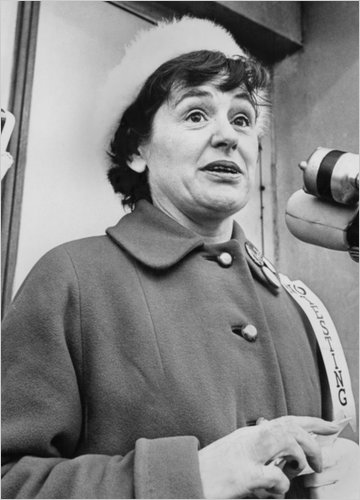 |
First Conference
At its first national conference in Ann Arbor, Michigan, in 1962, Women Strike for Peace adopted the following declaration: “We are women of all races, creeds and political persuasions. We are dedicated to the purpose of general and complete disarmament. We demand that nuclear tests be banned forever, that the arms race end and the world abolish all weapons of destruction under United Nations safeguards. We cherish the Historical Introduction right and accept the responsibility to act to influence the course of government for peace. We join with women throughout the world to challenge the right of any nation or group of nations to hold the power of life and death over the world.” (from >>> Swarthmore edu)
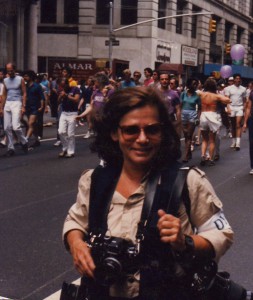
Dorothy Marder
From the same site: Dorothy Marder (1926-2007), was a social realist photographer active during the politically energetic 1970s, 1980s, and 1990s. In her photography Dorothy Marder captured the peace, anti-nuclear, social justice, women’s liberation, lesbian/gay pride, and disability rights movements, especially in New York City and Washington, DC. For many years, she was the photographer for the women’s peace group, Women Strike for Peace. Marder’s work has appeared in numerous alternative-press publications, as well as in books, and even a documentary film. Dorothy Marder was not only a photographer, but also a self educated artist and dedicated activist, whose strong passionate for life was reflected in her art.
Long after the 60s
From Wikipedia: WSP remained a significant voice in the peace movement throughout the 1980s and ’90s, speaking out against U.S. intervention in Latin America and the Persian Gulf states. On June 12, 1982, Women Strike for Peace helped organize one million people who demanded an end to the arms race. In 1988 they supported Carolyna Marks in the creation of the Unique Berkeley Peace Wall, as well as similar walls in Oakland, Moscow, Hiroshima and Israel (a joint Jewish and Palestinian children’s Peace Wall). In 1991, they protested the Iraq-Persian Gulf War; afterwards, they urged the American government to lift sanctions on Iraq. In the late 1990s Women Strike for Peace mainly focused on nuclear disarmament.
It was on this date, March 26, in 1969 that Women Strike for Peace demonstrated in Washington, D.C., in the first large antiwar demonstration since President Richard Nixon’s inauguration in January.
More important was the fact that Paul Findley, a Republican from Illinois, had inserted into the daily Congressional Record the 31,379 names of the United States dead in Vietnam. [NYT article]
WSP remained active through the 1990s.
-
- Related link >>> Encyclopedia Britannica article
- Related link >>> NYT obit for WSP founder Dagmar Wilson
- Related link >>> NYT obit for Bella Abzug
